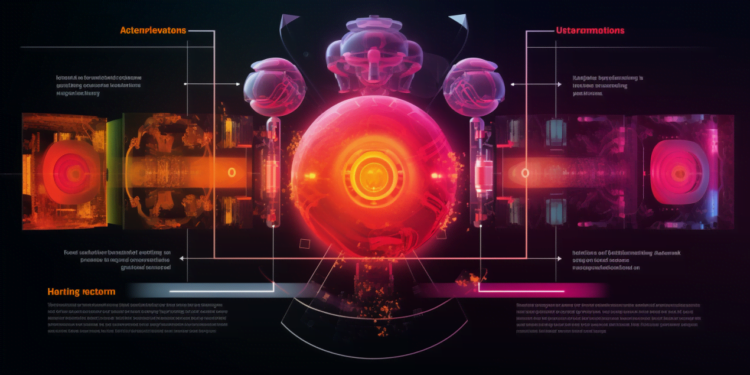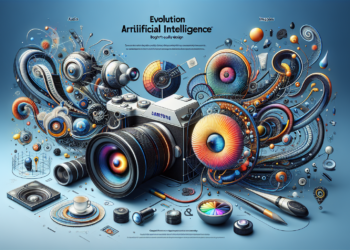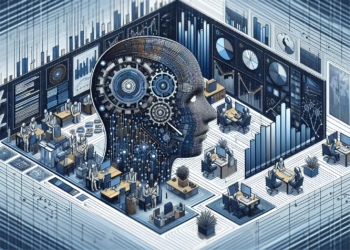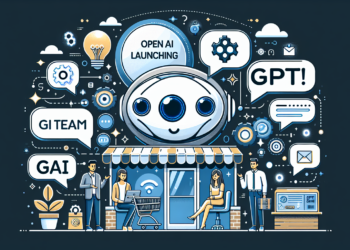The field of artificial intelligence (AI) has undergone profound transformations over the years, evolving from systems based on rigid rules to models that learn and adapt from data. Currently, one of the most advanced paradigms is that of multimodal systems: those capable of processing and generating knowledge from different types of data, such as text, audio, and images. In this context, ImageBind emerges as a system representing a qualitative leap towards holistic artificial intelligence, with the ability to learn in six different modalities.
Multimodal Learning in AI: Theory and Significance
Multimodal AI systems are those that can interpret, process, and link information from different sensory or data forms. This ability is crucial for creating AI that is closer to human cognition, which is not limited to a single form of perception. At a theoretical level, this implies an understanding of how to integrate distributed and heterogeneous representations to foster more complete inference and functionalities such as the transfer of knowledge between modalities.
ImageBind in Depth: Six Modalities of Learning
ImageBind is built on the foundation of deep learning and artificial neural networks, which have become the cornerstone of recent advances in AI. However, what sets it apart from other systems is its ability to handle six modalities simultaneously: image, video, audio, text, temporal signals, and structured data.
Architecture and Algorithms
The architecture of ImageBind is based on a strategy of early and late modality fusion. This combination allows the system to extract features from different information sources at both low and high levels, respectively, and then to combine them to perform complex tasks such as pattern recognition or description generation. To achieve this, ImageBind uses a heterogeneous architecture that combines various underlying networks, such as convolutional neural networks (CNNs) for image and video analysis, and recurrent neural networks (RNNs) for text and temporal signal processing.
End-to-End Learning
One of the most notable features of ImageBind is its end-to-end learning approach for handling multiple modalities. This means that the system can be trained on a specific task, leveraging the representations learned from all modalities without the need for manual adjustments or individual preprocessing stages for each data type.
Case Study: Multimodal Sentiment Analysis
A relevant case study for ImageBind is multimodal sentiment analysis, where product reviews containing text, images, and occasionally audio or video are analyzed. ImageBind shows superior ability to infer the overall sentiment, taking into account the subtleties and nuances provided by the combination of all the modalities involved.
Comparison with Previous Works and Advances
ImageBind represents a significant evolution compared to bimodal or trimodal systems that have dominated recent research. Compared to these, ImageBind shows improvements in error rates and precision in tasks requiring a deeper and holistic understanding of the context. Moreover, its ability to perform transferable learning between modalities facilitates adaptation to new tasks with a limited number of examples, which previously posed a considerable challenge for machine learning systems.
Outlook and Future Innovations
Looking ahead, systems like ImageBind are expected to pave the way for the creation of general artificial intelligence (AGI), capable of learning and functioning in a manner similar to the human brain across a variety of environments and tasks. The expansion towards seven modalities or more, along with the integration of skills such as causal reasoning and strategic planning, are clear goals in this direction. Moreover, the application of ImageBind in robotics and human-machine interfaces promises to revolutionize how we interact with technology.
In conclusion, ImageBind marks a significant milestone in the quest for more advanced and holistic AI systems. With its ability to learn and act across six distinct modalities, it offers a glimpse into the future of artificial intelligence, where the boundaries between human perception and the processing capabilities of machines continue to blur.
The technical and evolutionary nature of this system sets a new benchmark in the AI community, inviting both logical future reflection and a rigorous review of the current state of these technologies. With the combination of advanced methods and the integration of complex modalities, ImageBind positions itself as a precursor on the path towards holistic and multifaceted artificial intelligence, and its study and research will undoubtedly be of great importance in the coming years.






















